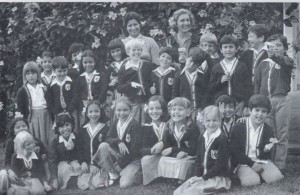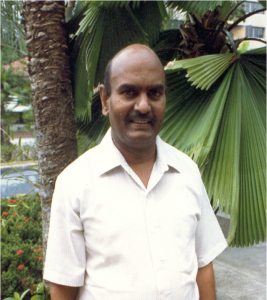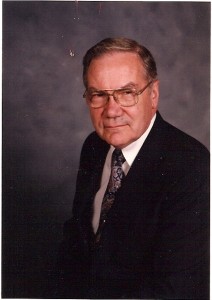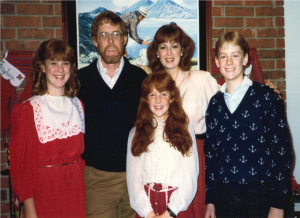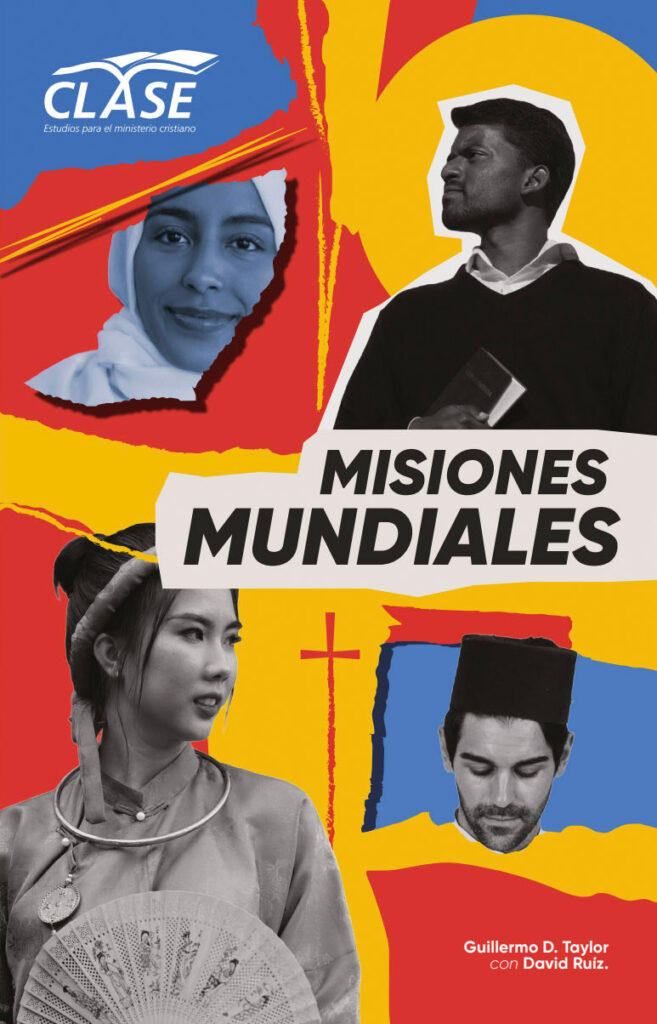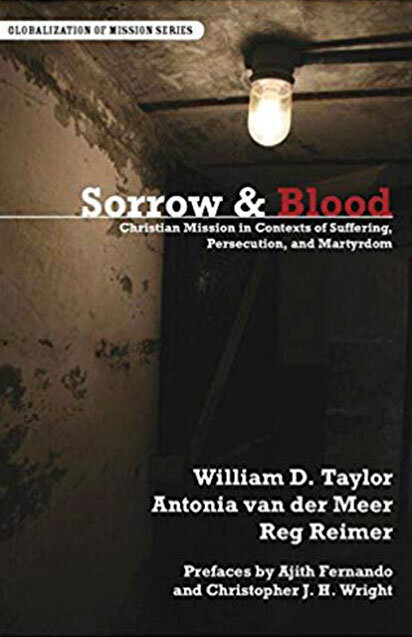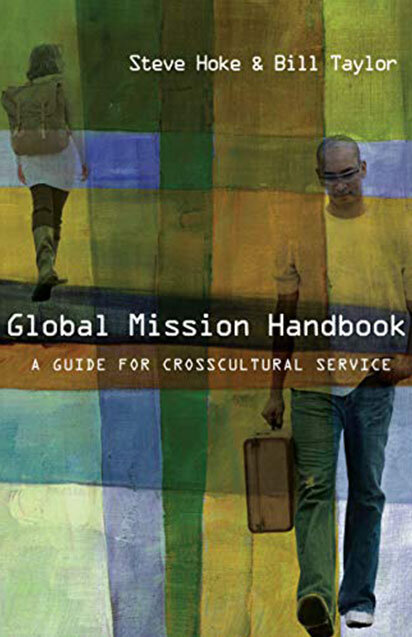Part two: Surprised by the bargain with God—the back story of the church-based study course “Misiones Mundiales
Part two: Surprised by the bargain with God and with more family life to narrate the real and parallel story of my most intimate community.
Ha! Was I ever surprised after my bargaining with the Almighty!
Before we had even returned to Guatemala 8 months after that fateful November 8, 1982, SETECA had agreed to establish a new Missiological Center. Well, at least five hurdles to go. The first (yes, the very first) weekend back at our church, El Camino, Dr. Abel Morales, lead elder of our church (who later would leave his medical practice to study world missions at DTS and return to teach at SETECA), welcomed all of us with a massive hug and then said to me, “OK, Guillermo, in your absence the Spirit has been working to give us a heart for missions. Will you help us on the local church level?”
Ahhhhhhhhhhhh……………! I started to get a bit nervous, but obviously I said “But of course!” And I joined a highly motivated small community of El Camino leaders who represented the demographics of the congregation—with much more faith than I.
Within weeks the seminary curriculum was changed to include the missions course, and God had already raised up a young mission enthusiast on the faculty, a former student of mine, Jorge Morales (who years later would leave Latin America with his family to serve as missionaries in Spain).
Then within months the lay leadership training program of SETECA, called CLASE (Curso Latinoamericano Sistemático de Extensión), asked me to craft a short, ten-lesson course on world missions for the local church. Called “Misiones Mundiales”, my co-author was Dr. Eugenio Campos (who later got his DMin from TEDS in world missions). I adapted some of my TEDS course materials into Spanish, and Eugenio did the harder historical chapters. The work-book was released in 1985.
Uhhhhhhhh. Now four down; two to go. This was not what I had bargained for!
In 1984 SETECA held a world mission conference (in part responding to an undeniably clear work of the Spirit of God amongst the student body that had fully awakened to its potential and future role in the historical and global mission of God. To be honest, the faculty and administration (and I in both) were late to the Holy Spirit on this one. In all fairness, we were not the only ones late, for the global mission movement in Africa, Asia, and Latin America had few European or North American mission advocates.
For strange reasons, the international mission force was marked by a high passion for evangelism within cultures or national geographies, but seldom traveled further out—geographically, culturally, linguistically. The speakers God used in that seminal conference included Drs. Bong Rin Ro of Korea, Tokunboh Adeyemo of Nigeria, David Hesselgrave of TEDS, Dr. Emilio Antonio Núñez and Norbert Schmidt of Germany. Ro and Adeyemo also spoke at our local church missions conference. And the response was radical in both seminary and church. God the Spirit had exploded our world before us. It was an astonishing time to be alive in global mission.
I well remember at some point perhaps around 1980 that a young woman student had came to my office for counsel, sharing her heart’s dreams. She was a dear heart, but not the strongest academic student at SETECA (actually she met her entrance pre-requisites as a graduate of a household appliance repair vocational school in El Salvador. So she said, “Don Guillermo, the Lord has called me to be a cross-cultural missionary and I want your guidance.” My guidance? “Woman!”, I wanted to say, “there is no mission agency for you and I just don’t think this is the Spirit speaking to you.” THAT’S what I said to myself, whereas to her I stated, “Dear sister, we must talk and pray about this. Perhaps it is a bit early to think this way?” To which she responded, “When the Spirit calls, I must obey.”
Many years later my Brazilian-based friend and colleague, Barbara Burns, would share with me the story of Najua, a student of hers in the Antioch missionary training center—this would have been in the early 1980’s also. Najua had a very “colorful” background as a street kid and out of that context had been radically saved, only to become a radical missionary to her former “people group”. So in the class one day, Najua stated, “The Lord has called me to be a missionary in Albania.” Barbara said, naturally, “But Najua, that is impossible. Albania is the most violently Marxist anti-God country in the world.” To which Najua responded, “But the Spirit has called me to Albania, and to Albania I shall go.”
It’s a long story that has been written down elsewhere, but later Najua served with a team of Brazilian missionaries “next door” to Albania for years, traveling clandestinely into the country, learning the language, running the gauntlet of secret police, and witnessing serious miracles of God. When the Iron Curtain collapsed, and in Albania it crashed down, she was one of the few Brazilian missionaries who already spoke Albanian. And they moved to Albania.
Update: I recently asked Barbara what Najua was up to now, and she write, “Najua is starting a Bible college in Albania. She never quits.”
OK, back to Guatemala. My experience with this lovely student left me dumbfounded. And that was before we spent that trial year at TEDS.
Update on that student: she served for some 15 years in one of the worst war-torn areas of Guatemala amongst the Maya people, contextualized to the max, and became a sainted missionary woman. The last time I saw her she was now headed to North Africa. Oh, the lessons God has taught me!
At some point, perhaps in late 1984 or early 1985, Wade Coggins and Theodore Williams, now President of World Evangelical Fellowship (as WEA was then called) made a second visit to Guatemala. Again, Theo’s impact and challenges at and beyond SETECA were profound. He directly spoke to the Guatemalan leadership about starting their own, national mission agency, and about dreaming into the future for a Guatemala-based mission training program-center. And so it came to pass.
My goose was cooked! In other words, I was stunned. God had met his side of my “long-term bargain” within the first year of our supposedly-long return to Guatemala. I had no other option but to realize that our life in Guatemala was soon coming to an end, but I had no idea it would come so soon. For it would be the summer of 1985 that we would say our permanent, multiple, tear-saturated farewells to Guatemala, to our church, to SETECA, to our friends, and significantly, to the new house we had constructed. The children would say farewell to their teachers at the marvelous Austrian-Guatemalan Institute and our church, Centro Bíblico El Camino. By that fall we would be living in the frozen tundras of the USA—again teaching at TEDS, again supposedly long-term.



